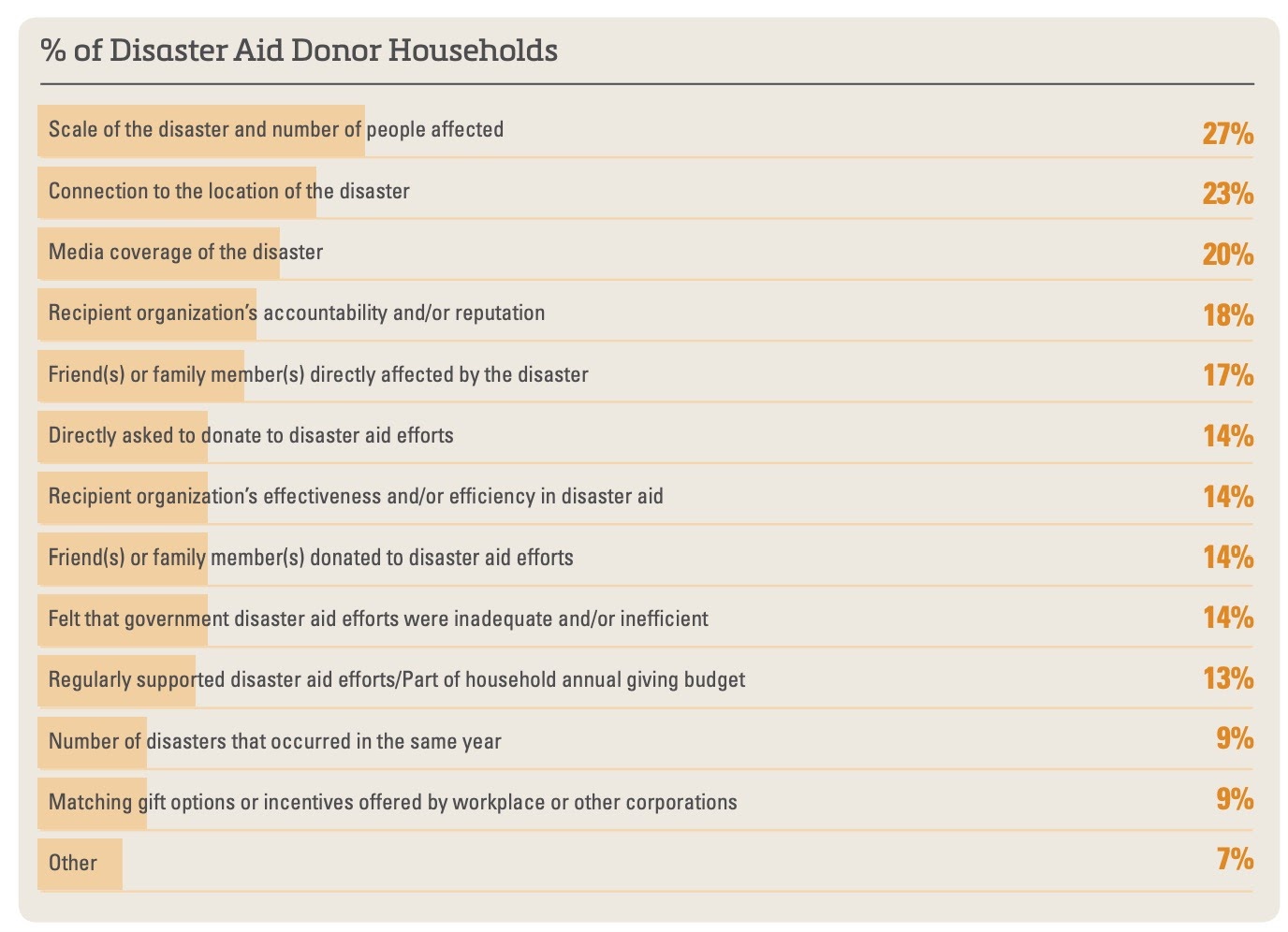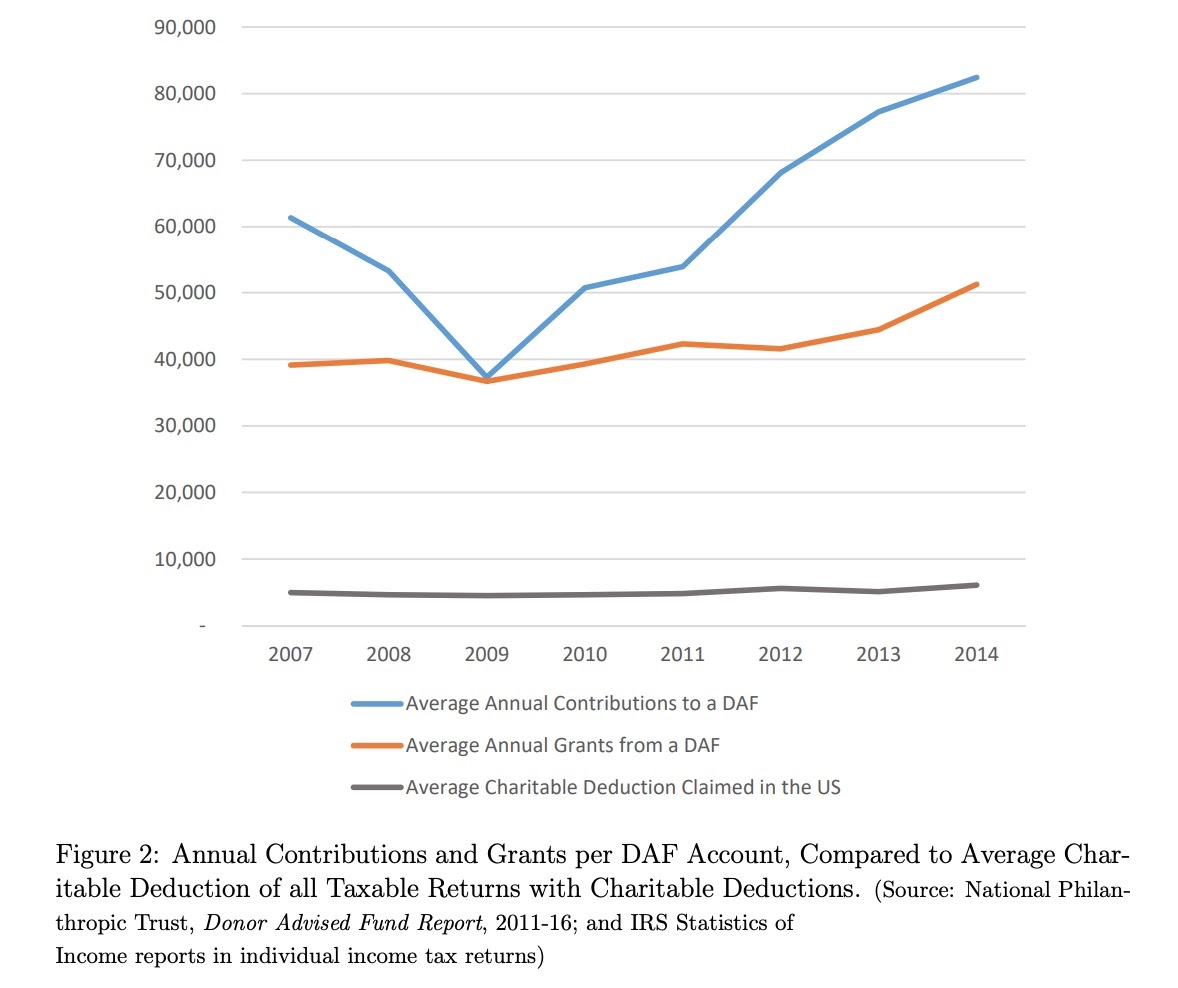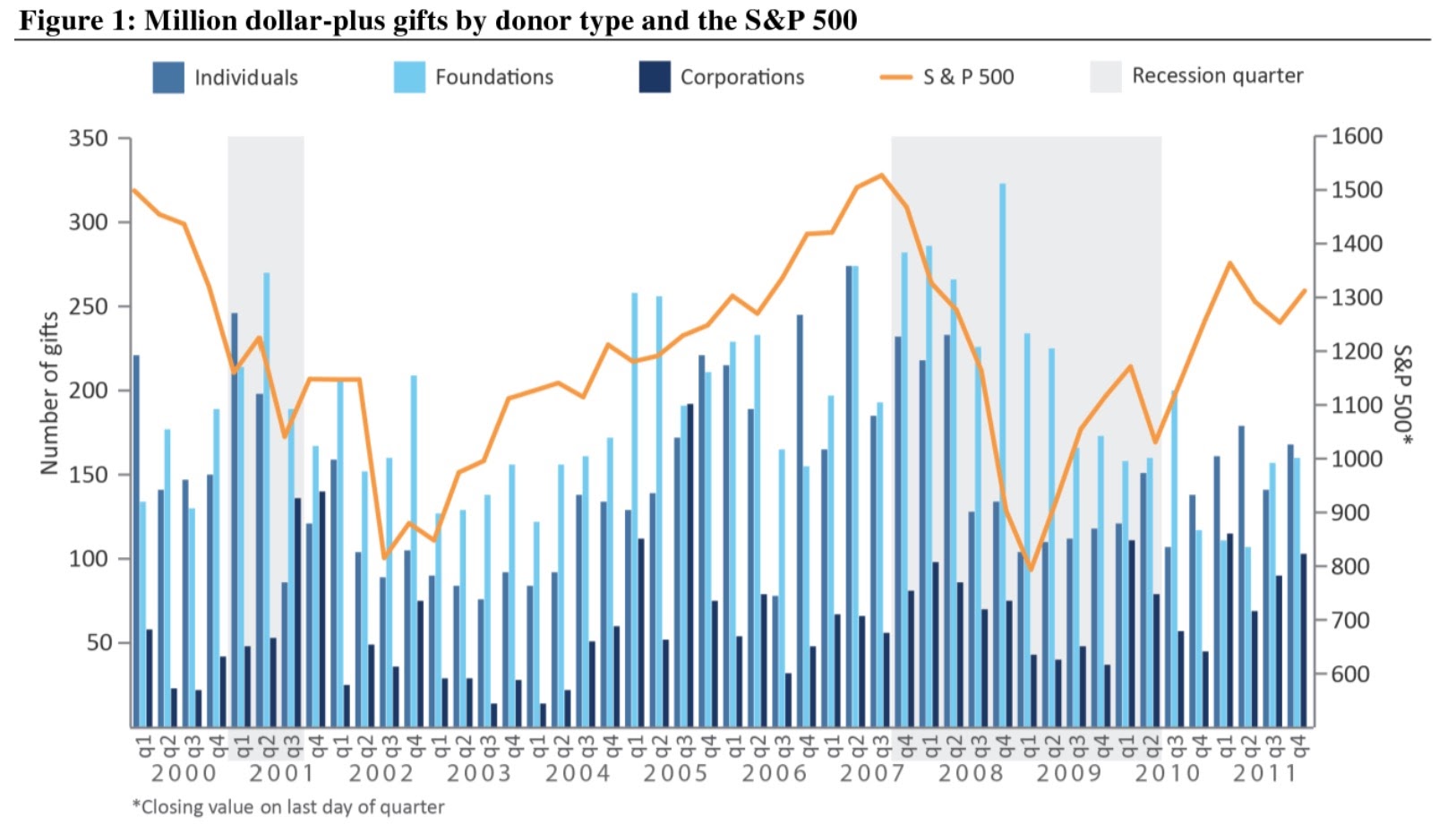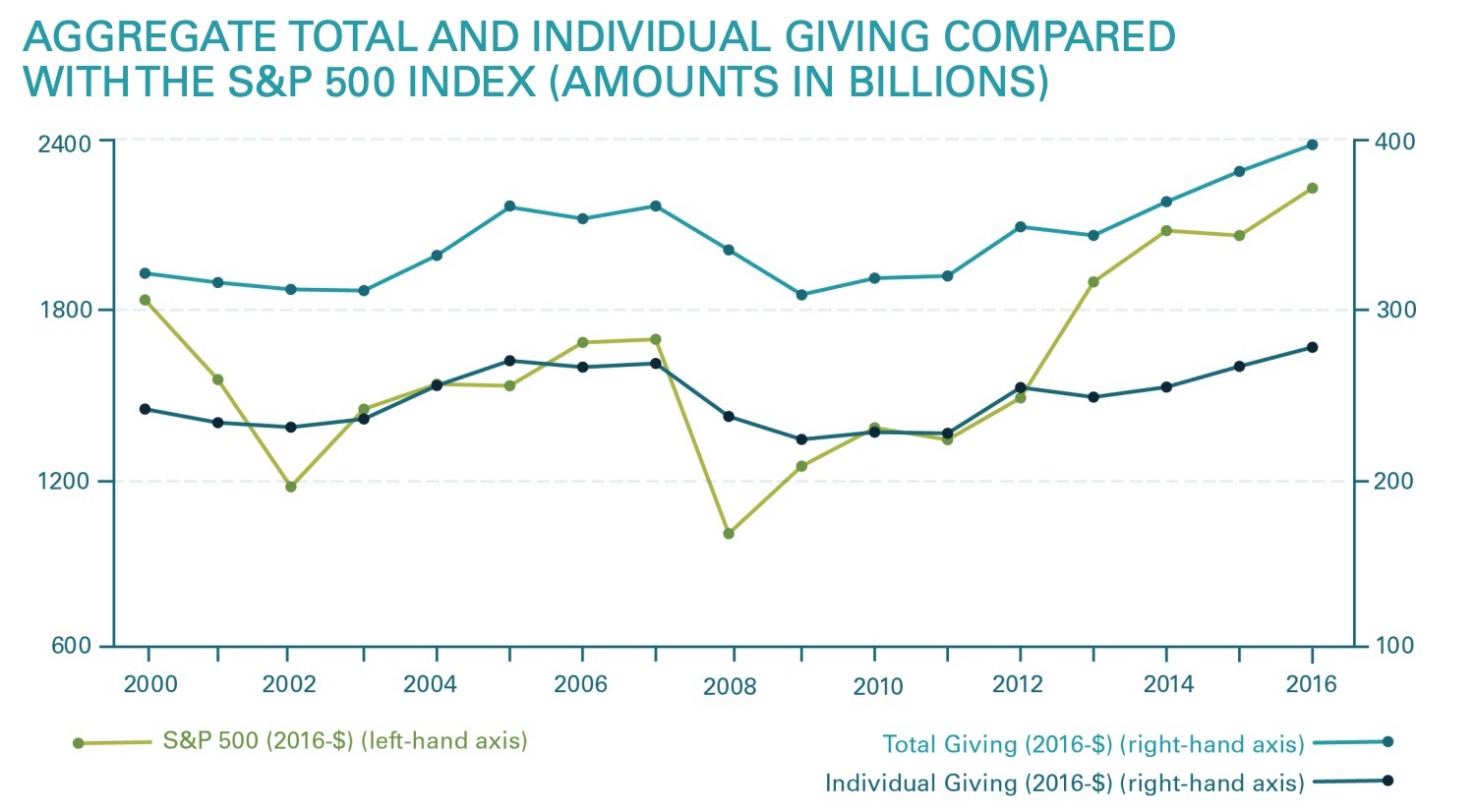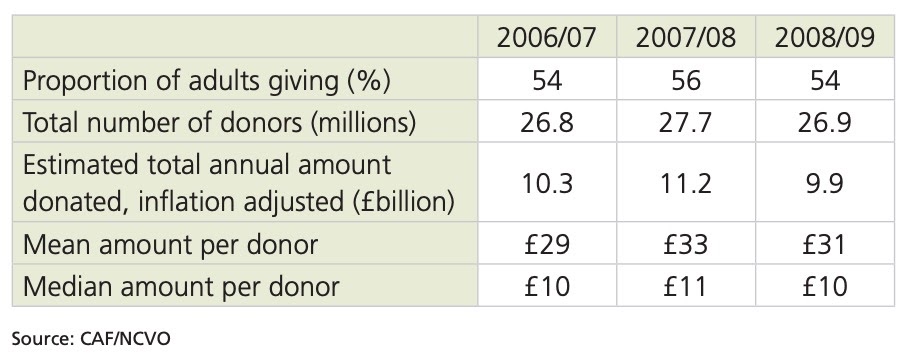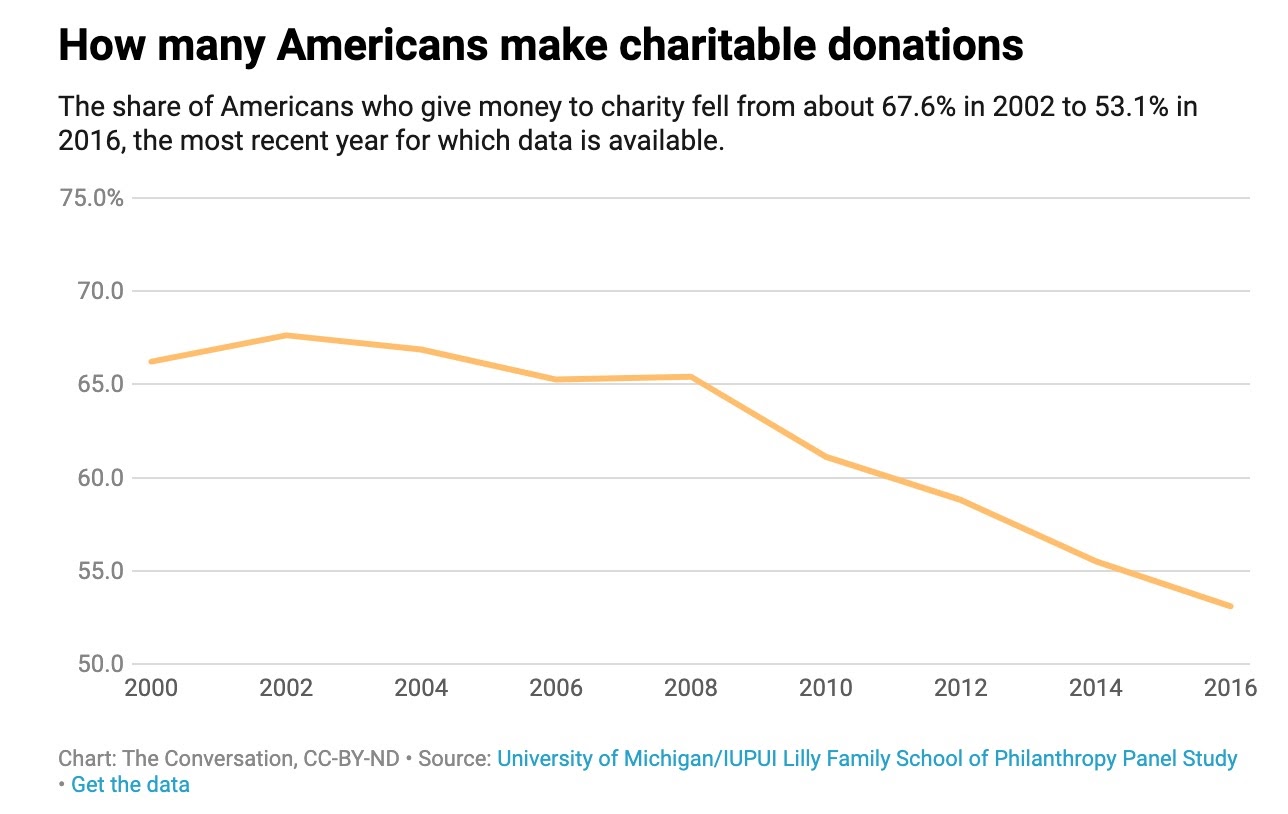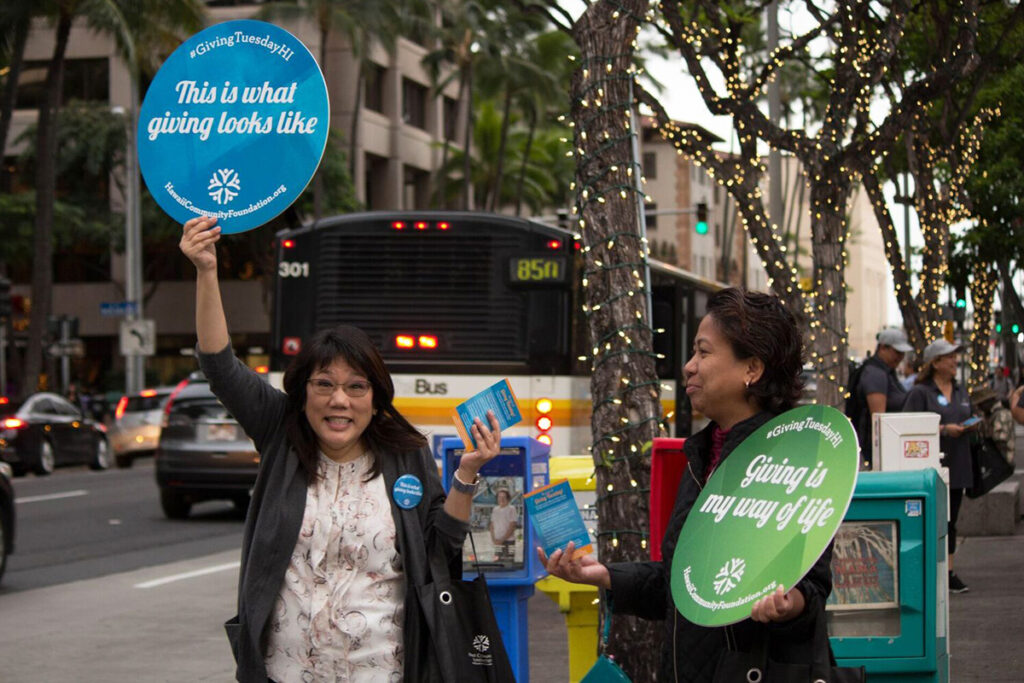COVID-19 has been an unprecedented crisis. As of May, 2020 there have been 3.5 million cases of COVID-19 around the world with a global death toll of 250,000 people. In the United States, 30 million people filed for unemployment between mid-March and May. In Canada, a country of 37 million, more than 1 million people lost their job in March alone. China’s GDP contracted by 6.8% in the first quarter of 2020 – the first quarter of negative GDP growth in 28 years. These numbers are so eye-popping and dire that they are surreal.
Now is a time of great need. However, when stock markets fall, typically so does charitable giving. In this post, we’ll examine ways in which nonprofits can navigate the global COVID-19 recession and mitigate its impact on their ability to engage donors and meet needs in their communities. We found that diversity in funding sources, effectively managing messaging, and continuing to engage donors can help nonprofits weather the COVID-19 storm.
Impact of the Crisis
The only comparable events we have to the COVID-19 crisis are 9/11 and large-scale natural disasters such as the 2004 Indian Ocean tsunami and Hurricane Harvey. Nonetheless, the extended duration and uniquely economically painful aspect of COVID-19 make it unique amongst these tragedies.
In all the aforementioned disasters, giving increases immediately after the disaster. In the three months following Hurricane Harvey, an estimated $1.07 billion of money, goods, and time were donated to help with the relief efforts. About 30% of US households in 2017 and 2018 made disaster-related donations. This increase in giving following disasters is targeted at disaster relief and on providing immediate humanitarian assistance to those most affected.
This could lead to a substitution effect away from other nonprofit sectors and organizations. Rigorous analysis based on data is difficult to find and what evidence exists is mixed. This study looked at the donation behavior of individuals that gave specifically to charities related to the 2004 Indian Ocean tsunami over a one-year period. They found that donors who gave to charities that directly provided relief for the 2004 Indian Ocean tsunami were less likely to make donations to charities within the same sector the next year. However, a 2017 and 2018 survey conducted by the Center for Disaster Philanthropy found that 78% of US households that were surveyed reported that donating to disaster relief did not impact their charitable giving to other causes.
A more certain trend we found is that nonprofits are more likely to spend more of their money on fundraising during a recession. This study found that when facing an economic crisis, the ratio of fundraising expense to total expenditure increases for charities in the Art, Culture, and Humanity sector, suggesting that fundraising becomes a higher priority under hostile economic conditions. The study also found that nonprofits that relied relatively more on donor dollars reacted more sensitively to changes in economic conditions than nonprofits that derive a larger proportion of their revenue from services.
While a recession might mean charitable giving could be challenged, a recession typically reduces the capacity of discretionary spending. There’s still room for an increased share of wallet overall and the powerful need to help during crisis may mean that the proportion of discretionary spending diverted to charitable giving actually increases during this time.
We have seen major increases in support, such as with foundation funds, fairly targeted at organizations delivering a direct response. Our partners are also reporting that giving has been broadly distributed recently across sub-sectors. It’s too early to tell the degree of impact this will have, as increased demand for services coinciding with decreased capacity and loss of earned revenue (such as through events), will be factors to watch.
Importance of the Ask
This crisis is unprecedented, both in scale and duration. However, we may be able to draw lessons from disaster fundraising. First, we know that big unexpected events shift people’s focus. Therefore, it is important to find ways to pivot towards mission-related activities which also address COVID-19 or are otherwise relevant to the moment (such as addressing isolation, lack of access due to restrictions, disruption of work and/or schools). There are also predictable ways in which messaging informs donor behavior following a disaster. In the below chart, researchers asked survey respondents why they donated after natural disasters that occurred in 2017 and 2018.
These behaviors play out in the academic literature as well. Donors who believe that others make high contributions tend to make high contributions themselves. Donors are more generous when they are observed and observe others in social settings.
Eckel, De Oliveira, and Grossman (2007) find interesting evidence of overstimulated empathy causing a reduction in giving. When people in Texas were primed with emotionally moving stimuli about hurricane Katrina victims shortly after the disaster, their giving fell, while those in Minnesota, with presumably less exposure, gave more when primed. This effect is reminiscent of the well-known “identifiable victim” problem of Thomas Schelling (1968), and studied more recently by Loewenstein, Slovic, and colleagues. A single flood victim pulls at one’s heartstrings, and to deal with empathic feelings one can give. But thousands of victims present an emotionally overwhelming problem and instead, the hypothesis goes, our minds treat them as “statistical victims” in order to regulate our overwhelming empathy.
Rise of DAFs
Donor Advised Funds (DAFs) are a major source of charitable donations in the US According to the National Philanthropic Trust, contributions to DAFs rose 15.6 percent per year on average from 2012 through 2015. In 2017, total assets in DAFs totaled $85.15 billion.
DAFs are sensitive to financial market conditions however academic studies have found that, in general, DAF grantmaking is relatively resilient to recessions. The study also found that payout rates increased during times of recession. That is, money flowing out of DAFs remained relatively steady throughout the Great Recession while money coming into DAFs took a dip. This is surprising, given that the value of assets donated into DAFs is inextricably tied to financial market performance.
Nonetheless, traditional giving is still important. In 2017, total charitable giving totaled $410 billion while DAF giving totaled $30.9 billion. By far, individuals made up the largest share of giving at 72%. Foundations made up 11%, bequests contributed another 8%, and corporations made up the remaining 5%. A study looking at million dollar donors found that individuals were more responsive to changes in the stock market than corporations and foundations as well as changes in inflation. Importantly, individual donation behavior was highly sensitive to changes in unemployment. The study found that a one percentage point increase in the unemployment rate is associated with a 42-gift decrease by individuals in the same quarter.
Foundations that made million dollar gifts in the past tended to give more during recessions. On average, the authors found that foundations gave 55 more one million dollar gifts in recessionary quarters when compared to non-recessionary quarters. Changes in GDP and inflation seem to have a lagged effect on foundation giving, impacting giving behavior one year after the change.
In recessions, individuals are likely to give less while contributions from DAFs will remain relatively stable while donations from foundations may actually increase.
Committed Donors
Giving, as a percentage of income, is U-shaped. Those on the upper and lower end of the income distribution give a larger share of their income than the middle portion. This U-shaped pattern is driven, in part, by highly committed donors. These are donors that give one-tenth or more of their after-tax income. These committed donors only amount to 5% of all donors. Another explanation for the curve is that giving in lower-income brackets is driven by low-income high-asset folks. For example, retirees with large asset portfolios would fit in this category.
So highly committed donors in both low and high-income brackets are sensitive to financial market conditions. Giving decreases when there are large stock market declines. Total donations decreased by 6% in the United States between 2007 and 2008 and it decreased by 11% during the same period in the United Kingdom. Fortunately, charitable giving is more sensitive to stock market upturns than stock market downturns. People give more out of their income when the stock market is rising and giving relatively less out of their income when it’s tanking.
Evidence from the UK during the 2006-2009 period suggests that donors continue to give but give less per person during recessions. During this time, mid-sized charities, and those in more deprived local areas, were severely affected.
We saw a similar trend during the 2007-2008 recession in the United States.
Committed donors are essential to non-profit organizations. It’s important to keep them engaged during bad times so that when the economy does come back, those donors are motivated to give again to your organization.
Takeaways
COVID-19 has created a tremendous amount of uncertainty in our society and across the nonprofit sector as a whole. It’s looking increasingly likely that we are already in a recession and fundraising during these times can be difficult, but not an insurmountable challenge. There are three important things to remember to help you ride out this storm–and stay resilient for future crises:
- Tailor your ask. Find ways to make your message meet the moment–how is your work relevant to current events? Illustrate why your mission matters now and craft a message that feels personal to your supporters.
- Diversify sources of funding. DAFs may offer one source of steady funding during recessions, but also reach out to donors of all levels to continue to encourage their support and build your community of supporters for the future.
- Continue to engage donors committed to your cause. Even in times of uncertainty, there are always donors who will still give. Don’t miss out on an opportunity to give them the chance to do so.


